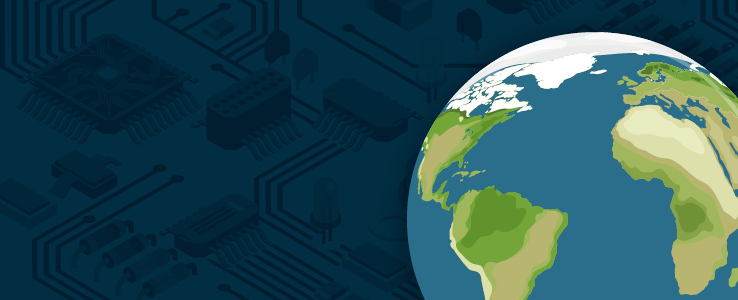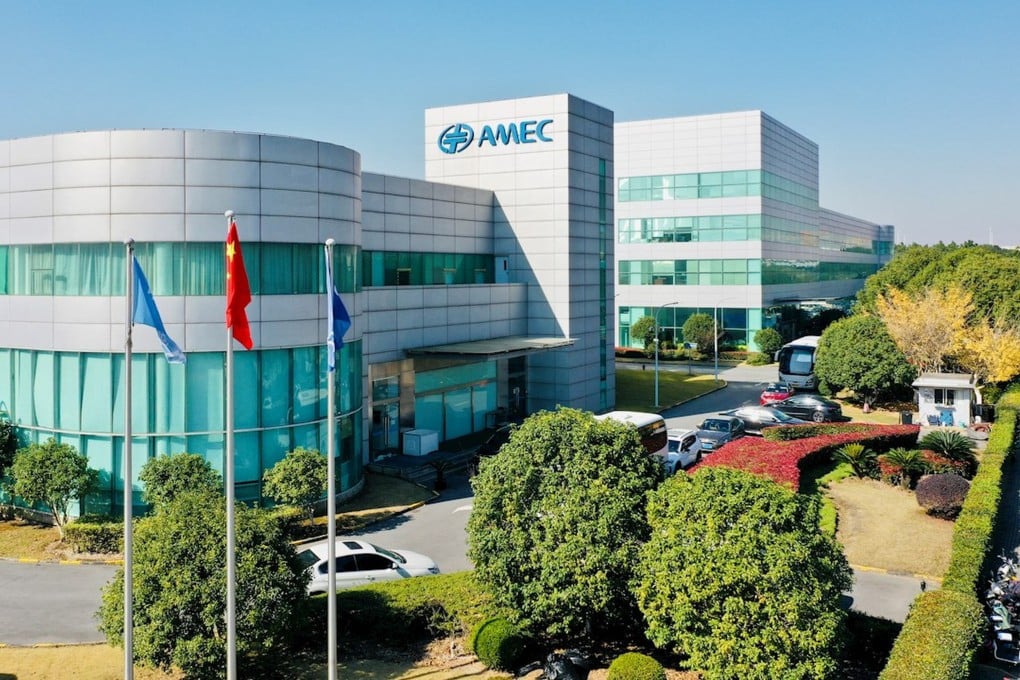Share Share Share Share Email In today’s digital transformation era, the semiconductor industry is witnessing a fundamental shift toward chipset-based architectures , redefining how complex systems are designed and manufactured. This transition comes in response to the growing challenges of traditional monolithic integration as the costs and limitations of advanced process nodes escalate. In his latest research, Murali Krishna Reddy Mandalapu explores the innovations driving this shift, highlighting how modular chipsets enhance performance, reduce costs, and enable new applications across industries.
A Paradigm Shift in Semiconductor Design For decades, semiconductor development revolved around monolithic System-on-Chip (SoC) designs, where all functional components were integrated onto a single die. However, as transistors shrink below 7nm, the economic and physical constraints of monolithic scaling have become unsustainable. Chiplet architectures address these challenges by disaggregating complex SoCs into smaller, specialized dies, which are then interconnected using advanced packaging techniques.

This modular approach improves manufacturing yield, enhances flexibility, and allows different components to be fabricated using the most suitable process technology. The Power of Heterogeneous Integration Chiplet-based architectures enable heterogeneous integration, where multiple chiplets designed for different functions such as logic, memory, and interconnect are seamlessly combined within a single package. This approach facilitates higher performance and energy efficiency by optimizing each component separately.
Advanced stacking techniques, such as through-silicon vias (TSVs) and interposers, allow chiplets to communicate with bandwidths exceeding 1TB/s while reducing latency and power consumption. Advanced Packaging: The Key Enabler The success of chiplet architectures hinges on cutting-edge packaging technologies. Silicon interposers, embedded bridges, and direct die-to-die bonding are revolutionizing how chiplets are interconnected.
These technologies support ultra-dense communication pathways, ensuring that performance remains competitive with traditional monolithic chips. Additionally, improvements in thermal management, such as integrated microfluidic cooling solutions, are addressing the heat dissipation challenges associated with high-performance computing applications. Standardization and Industry Collaboration A major barrier to widespread adoption of chiplets has been the lack of standardized interconnect protocols.
Proprietary solutions have limited the interoperability of chiplets from different vendors. However, efforts such as the Universal Chiplet Interconnect Express (UCIe) standard are addressing this issue by defining common protocols for die-to-die communication. This standardization paves the way for a more open ecosystem, allowing manufacturers to mix and match chiplets from different suppliers, fostering competition and accelerating innovation.
Economic and Performance Advantages The benefits of chiplet architectures extend beyond technological advancements. By breaking down monolithic designs into smaller, more manageable components, companies can achieve substantial cost reductions. Manufacturing yields improve as smaller dies are less susceptible to defects, while the ability to reuse chiplets across multiple products reduces development costs and accelerates time-to-market.
Studies indicate that chiplet-based approaches can cut design costs by up to 70% and reduce development cycles from 36 months to just 12-18 months. Emerging Research and Future Directions The future of chiplet integration is being shaped by ongoing research in several key areas. Three-dimensional (3D) stacking is being explored to enhance performance by enabling vertical integration, which significantly reduces interconnect lengths and improves data transfer efficiency.
This approach minimizes power consumption while increasing computational density. Photonic interconnects, leveraging optical communication, promise near-zero energy loss and ultra-fast data transmission, addressing bandwidth limitations in traditional electronic interconnects. AI-driven design tools are revolutionizing chiplet development by optimizing placement, routing, and thermal management, allowing for greater efficiency and performance beyond the capabilities of manual design methodologies.
Redefining the Semiconductor Industry The transition to chiplet architectures is not just a technological evolution; it represents a profound shift in the semiconductor business model. As companies move away from vertically integrated SoC designs, new opportunities arise for specialized chiplet providers. This shift could lead to the creation of a dynamic marketplace where chiplets are designed and sold as independent components, similar to the current ecosystem for printed circuit boards.
In conclusion, Murali Krishna Reddy Mandalapu ’s research highlights how chiplet-based architectures are poised to reshape the future of semiconductors. By addressing the limitations of monolithic scaling and embracing modularity, the industry is unlocking new possibilities in computing efficiency, cost reduction, and design flexibility. As standardization efforts mature and packaging technologies advance, chiplet integration is set to become the defining approach for next-generation semiconductor innovations.
Related Items: chipset-based architectures , Murali Krishna Reddy Mandalapu Share Share Share Share Email Comments.
Technology

Breaking Barriers: The Rise of Chiplet-Based Architectures

In today’s digital transformation era, the semiconductor industry is witnessing a fundamental shift toward chipset-based architectures, redefining how complex systems are designed and manufactured. This transition comes in response to the growing challenges of traditional monolithic integration as the costs and limitations of advanced process nodes escalate. In his latest research, Murali Krishna Reddy Mandalapu [...]The post Breaking Barriers: The Rise of Chiplet-Based Architectures appeared first on TechBullion.















